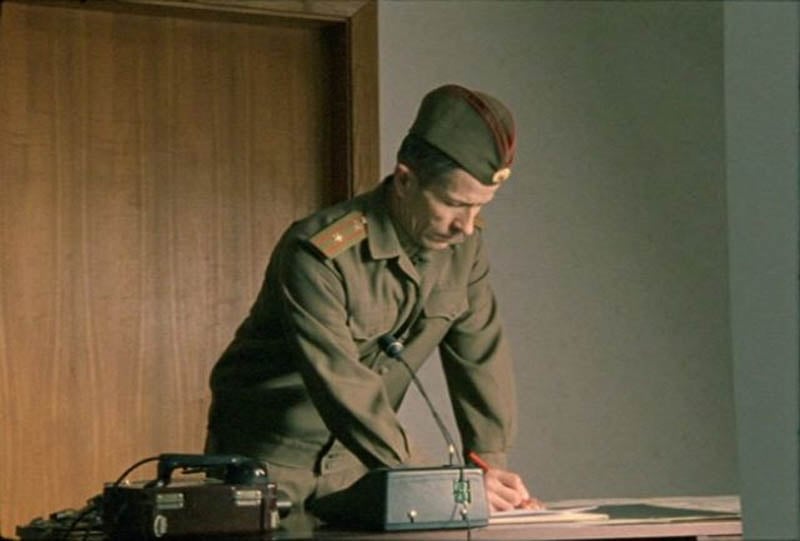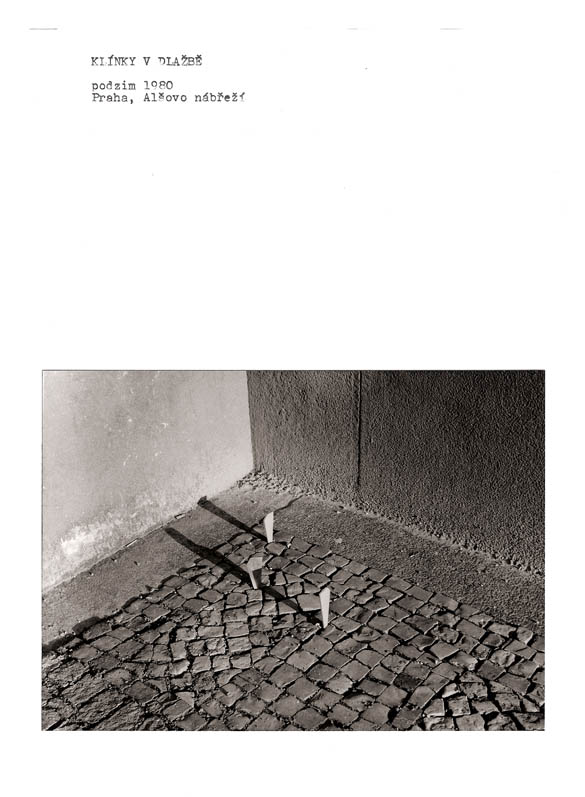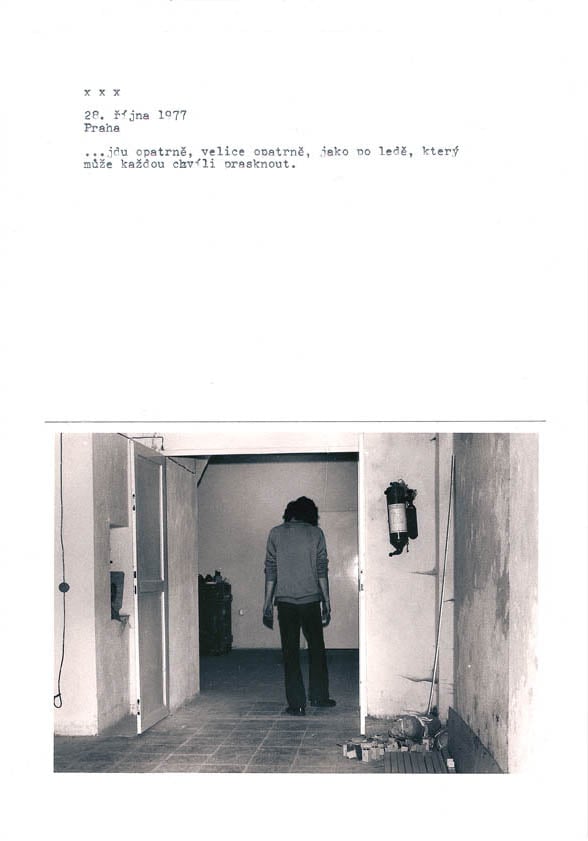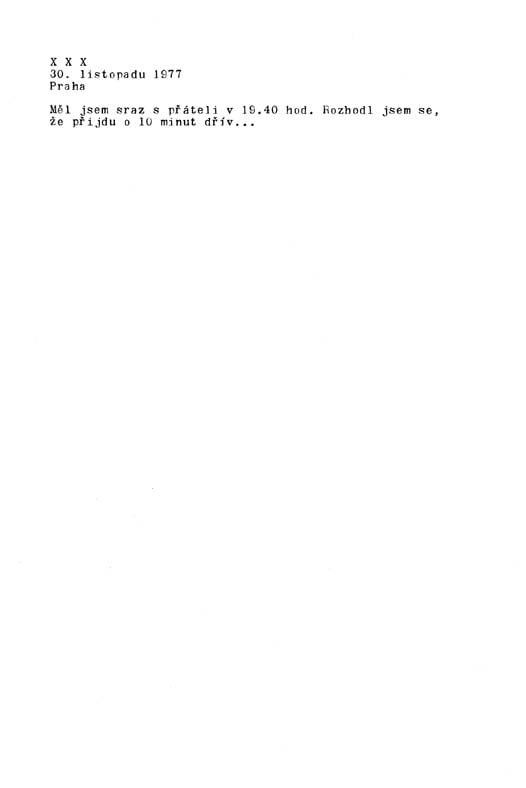Exploitation of the Dead
1985 - Painting (Painting)
Mladen Stilinovic
The Exploitation of the Dead cycle is composed of a very large number of elements which the artist reorganizes differently every time. The installation is presented like a “parade of objects”, with images whose historical role has been suspended or their meaning has changed. The references have become lost, through repetition the works have become banal. One can find copies of Suprematist or Social Realist paintings, collages, photographs of political meetings, cemeteries or other memorials. We are confronted with the obsolescence of signs. Colors like red and black have also lost their meaning. Exploitation of the Dead concerns today’s religious or ideological ideas which are only extensions of religions and ideologies of the past and definitively dead. Mladen Stilinovic insists that: “If death has to be exploited, this is a violent act and we need to weigh up the consequences.” Collective rituals are central since they evoke a certain collective emotion which can’t quite be attained through signs and colors. This work is a way to think about painting but also the modalities of its exhibition. There is also this question of the copy. Why and how do we copy things? What do we learn through repetition ? About loss of integrity ?
Mladen Stilinovic is one of the most significant representatives of neo-avant-garde art in Central and Eastern Europe. His work is nourished by Croatian artists from the previous generation such as Julije Knifer and Mangelos. His polymorphic approach finds varied manifestations from collages, installations, photographs, books, performances, actions in public space as well as participations in collective actions. Through his works, Stilinovic explores ideological signs and their social aspects. Using devices such as irony, paradox, and manipulation, the artist criticizes the language of politics, institutional hierarchy within art, and the role of money and labor in society. Language is central to his aesthetics; he associates it with graphic signs and other visual references to historical movement, such as geometric abstraction. His work is deeply rooted in the rites that reveal the interdependence of private and public spheres. He is particularly interested in the interaction between visual and linguistic signs as well as in the mechanisms of deconstruction in language. Stilinovic was part of Grupa šestorice autora (Group of Six Authors), active in Zagreb between 1975-1979. He also ran the Extended Media Gallery from 1981-1991.
Colors:
Related artist(s) to: Mladen Stilinovic » Harun Farocki, » Andreas Siekmann, » Chto Delat, » Deimantas Narkevicius, » Florin Tudor, » Hito Steyerl, » Jiri Kovanda, » Mona Vatamanu, » Robert Rauschenberg, » Sean Snyder

© » KADIST
Harun Farocki
2009For Immersion , Harun Farocki went to visit a research centre near Seattle specialized in the development of virtual realities and computer simulations...

© » KADIST
Deimantas Narkevicius
2008The Dud Effect is a film that revisits the fear of nuclear attacks during the Cold War by staging the firing of a R-14 missile by a solitary soldier on the site of a real Soviet launch base installed in Lithuania...

© » KADIST
Chto Delat
In this film is the story of two neighboring yet philosophically opposing nations: Russia and Norway...

© » KADIST
Jiri Kovanda
1980Kovanda’s street interventions are always documented according to the same format as the actions: a piece of A4 paper, a typewritten text giving a precise location and date, and a photograph...

© » KADIST
Jiri Kovanda
Kovanda’s ‘discreet’ actions (leaving a discussion in a rush, bumping into passers-by in the street, making a pile of rubbish and scattering it, looking at the sun until tears come…) are always documented according to the same format: a piece of A4 paper, a concise typewritten text, and sometimes a photograph taken by someone else...

© » KADIST
Jiri Kovanda
1979This ephemeral installation by Jirí Kovanda, documented in the same way as his performances with a photograph and a text, belongs to a body of works that took place in his apartment/studio...

© » KADIST
Jiri Kovanda
1980Kovanda’s street interventions are always documented according to the same format as the actions: a piece of A4 paper, a typewritten text giving a precise location and date, and a photograph...

© » KADIST
Jiri Kovanda
1980Kovanda’s street interventions are always documented according to the same format as the actions: a piece of A4 paper, a typewritten text giving a precise location and date, and a photograph...

© » KADIST
Jiri Kovanda
1992Untitled (1992) responds to the same principles of an economy of means as the artist’s actions and installations: three empty cardboard boxes which have contained photographic film are piled one on top of the other...

